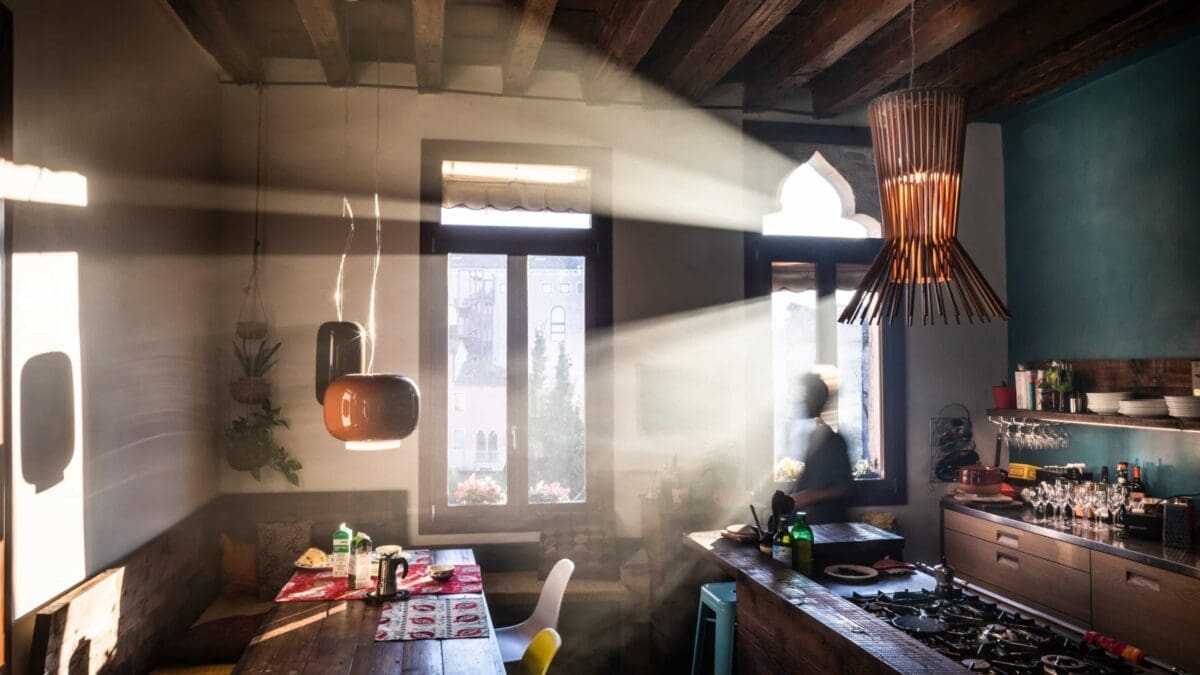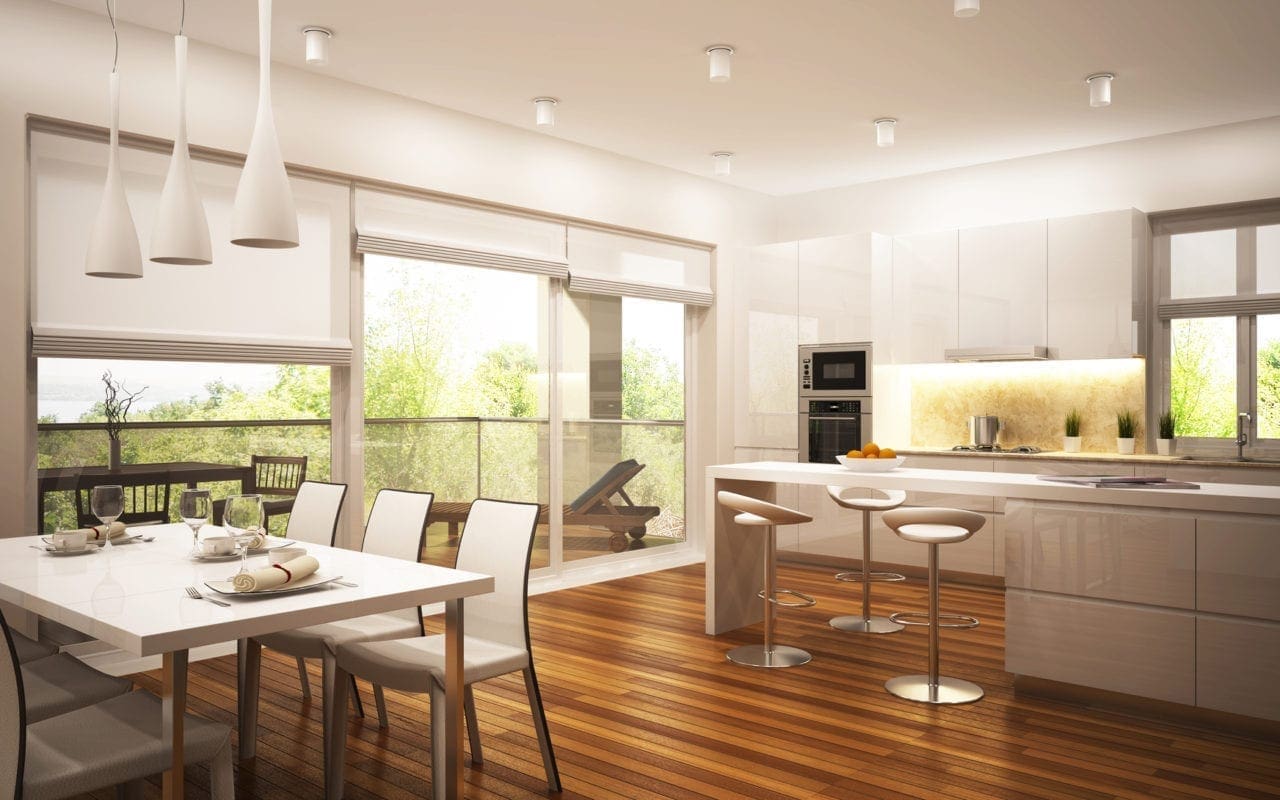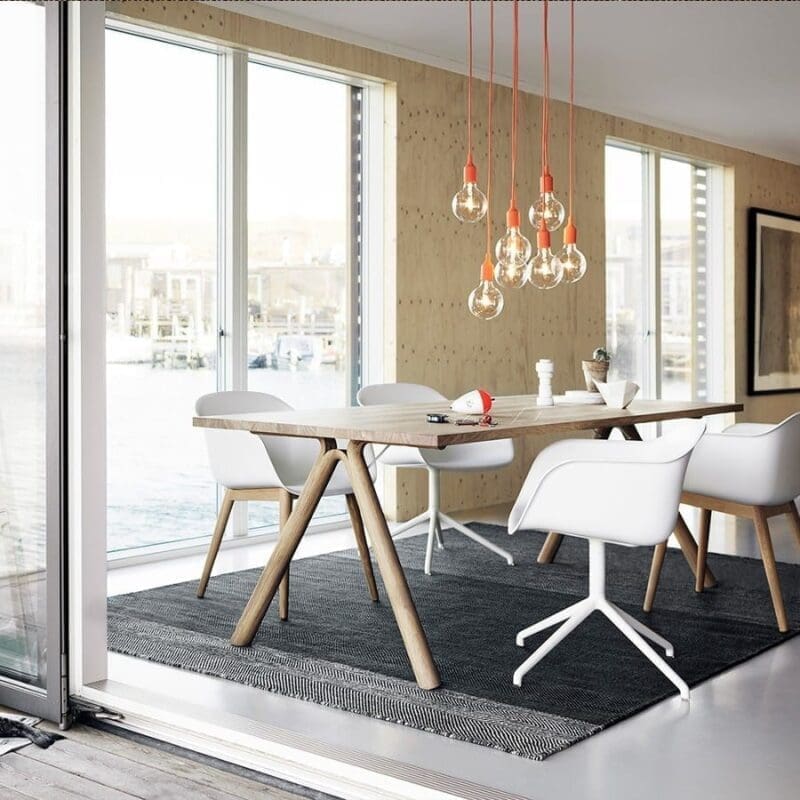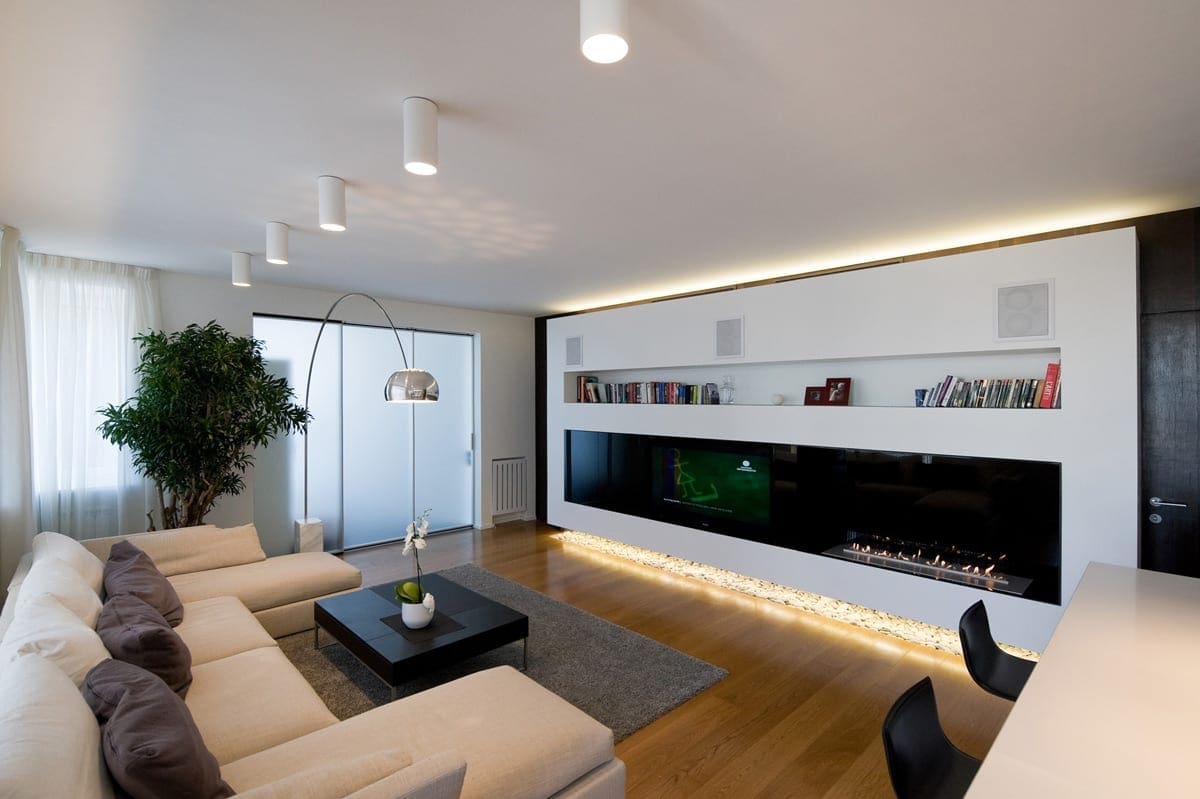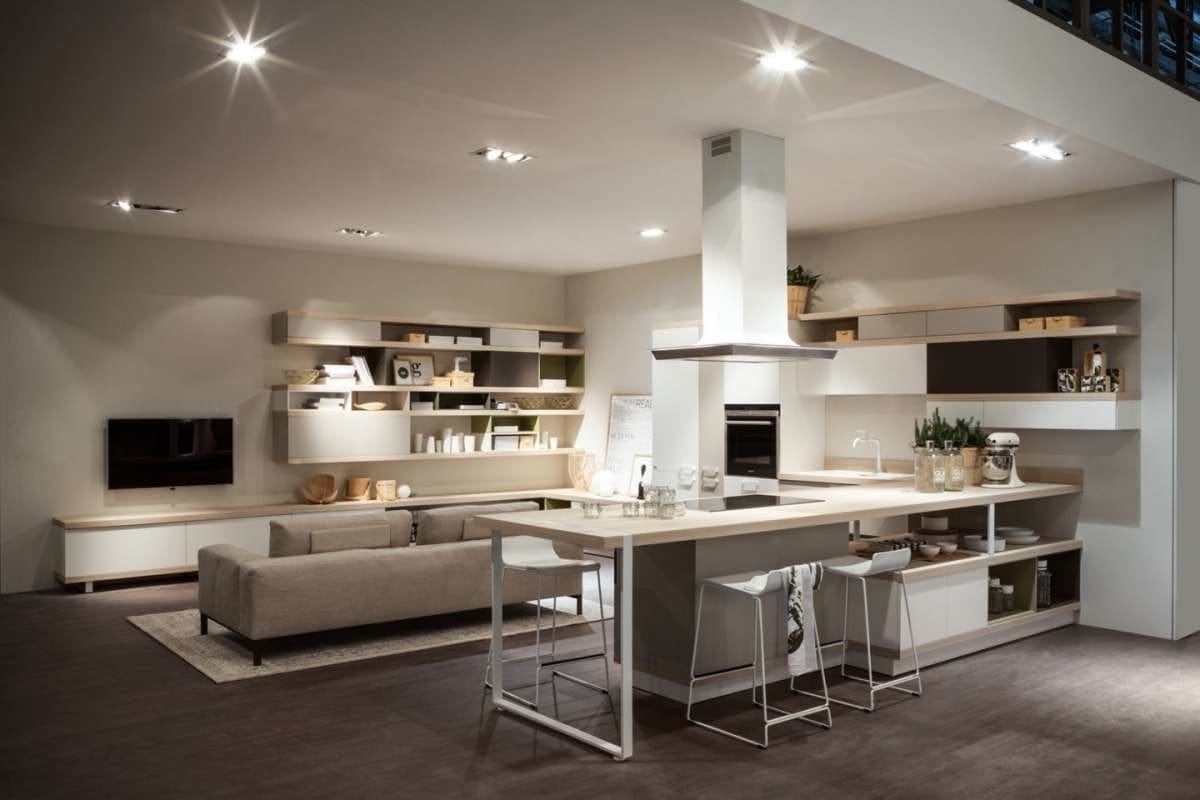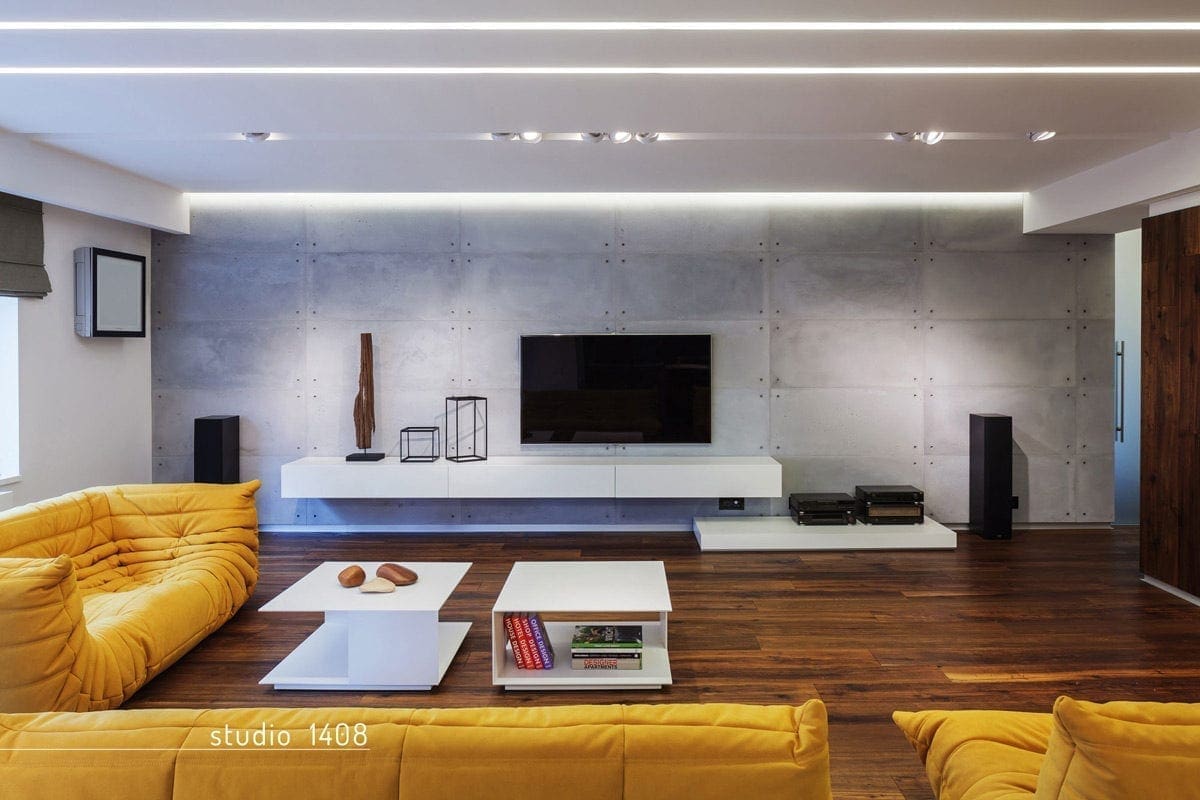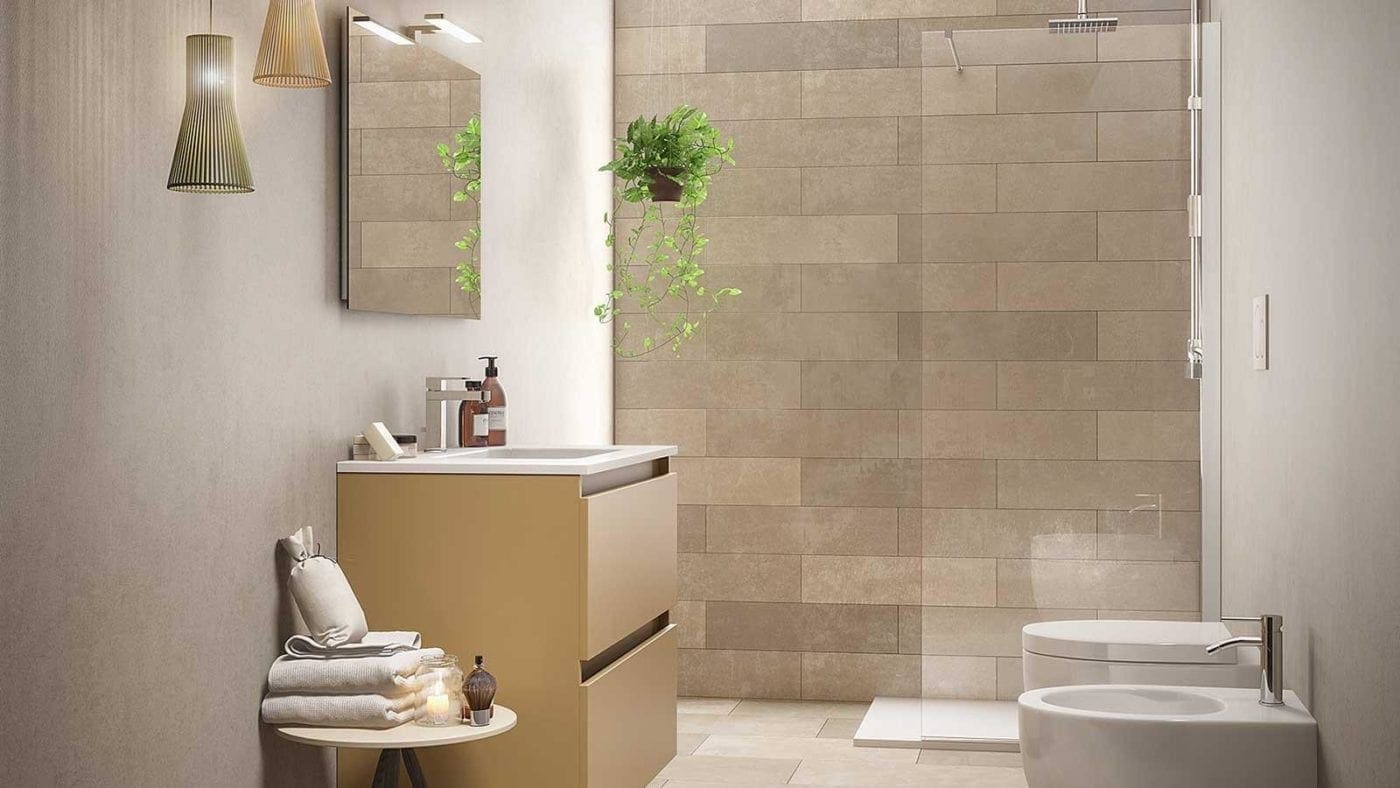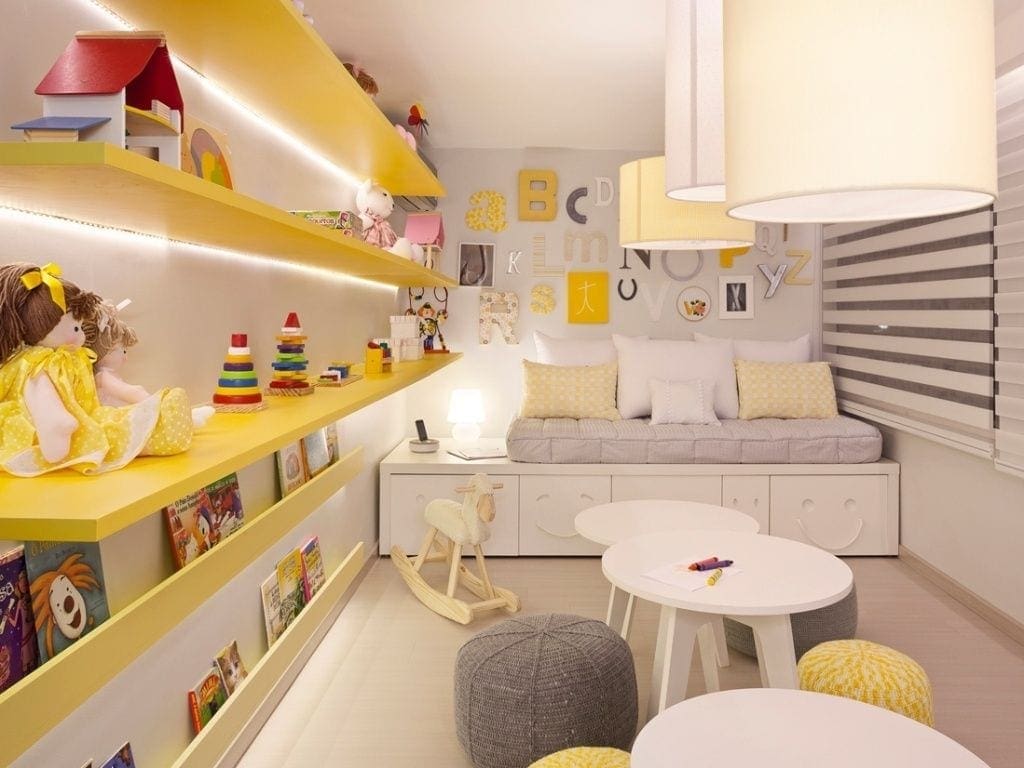News
Light up a room
How to light up a room? Here is a problem of many that we will try to solve with our experience!
Advice from Professionals for not making wrong the lighting, room by room what to do – and what not to do – to have the best light in every room of the house:
Very often, without knowing it, when you choose the light points you make mistakes and unnecessary waste that can lead to insufficient lighting of a space or, on the contrary, excesses with relative fatigue of sight and energy expenditure.
The help of professionals in the sector can certainly prevent or fill certain gaps by helping us to make our home not only more practical and functional, but also more beautiful.
In the kitchen
«When designing kitchen lighting, one must not forget that it is an operating environment».
The aesthetic component, however important, in this space must always “undergo”, and be conciliatory, with the functional component, fundamental in an area like this not only very used, but also strongly stressed by elements such as water and heat
Absolutely important is to find the right light sources for the hob: it must be well lit to allow the necessary cleaning operations and to avoid unpleasant incidents. From the technical point of view it is necessary to provide a basic illumination of at least 300 lux distributed in the different work areas.
In addition, it is good to try not to use appliances that are not protected and sensitive to contact with liquids.
In the diningroom
Avoid a system with only indirect light, especially if it is a large room, because the light disperses and does not allow the table to light up sufficiently. Also avoid spot-oriented spots coming from areas adjacent to the table, because too often they cause glaring glare
No to the colored light on the table, false perception of the dishes, also avoid excessive levels of lighting and, if possible, too low suspensions that prevent you to see who is in front of us.
Among the possible solutions it is advisable to use a suspension lamp placed in the middle of the top positioned at a right height (a direct type of light), which clearly illuminates everything that lies on top of it.
In the living room (intended as a separate room from the kitchen)
The living room is the place where you spend moments of relaxation and where you receive guests. Therefore, both the lighting levels that are too high and those that are too low should be avoided, as well as spots oriented towards the sofa (which can dazzle) and prefer rather direct / indirect light fixtures, such as cubes or bands that create softer light. mood.
In spaces characterized by many different colors, avoiding multicolor lights – they can create further “chromatic confusion” – favoring neutral shades, while in environments furnished with light shades (for example, where white is predominant) it is advisable to create shadow situations / light to break the monotony of the “non-color” and give character to the environment.
In a kitchen inside a larger living area (we refer to an open space)
In the case of a kitchen open to the living room, care should be taken to think of its lighting as an integration of the existing (and preferably diffused) one of the open space.
Spotlights on work surfaces / stoves will accompany other direct lights such as the one on the dining table or, possibly, on the peninsula.
A lighting system with multiple sources, therefore, to be composed according to specific needs and aesthetic tastes. Among the possibilities you can think of using a chandelier that falls on the table or two / three smaller pendant solutions that, in addition to lighting, can also serve to optically separate the functions of our space. In this way, just turn off these lights to return to the open space its innate atmosphere of relaxation.
In the TV area
The most common mistake you make when lighting this environment is to place recessed ceiling fixtures or wall-mounted fixtures near the screen.
Since you do not always watch television in the dark, it is preferable to avoid that the devices, once turned on, can create unpleasant reflections on the screen.
For this use it is preferable to prefer an adjustable lighting system so that you can enjoy a diffused light even while watching. Moreover, providing for the use of the TV area completely in the dark in cinematic style is a mistake that leads to eye strain: better opt for indirect light sources in order to illuminate the surrounding environment with uniformity.
In the bathroom
The bathroom is one of the most complex environments to be illuminated. The choice of lamps must be made taking into account the regulations (CEI 64-8 / 7) which identifies the degree of protection of the lighting fixtures according to the area in which they are to be installed.
It is important not to neglect the arrangement of the mirror and on the basis of this, avoid installing luminaires behind people who could create annoying shadows. So prefer a good front light.
Do not use devices with colored diffusing glasses that could alter the color rendering, with consequent problems during the application of make-up and personal care.
An illuminated bathroom with warm and dim light may seem more cozy and atmospheric, but a well-lit bathroom with natural light tones will certainly be more functional and will look cleaner.
In the bedroom
When designing bedroom lighting, the mistake that should be avoided is to exaggerate with watts. Often, in fact, the room lights up like a study or a kitchen, with abundant and direct light. This choice is ill-suited to its functions of rest and intimacy. However, the request to over-illuminate it is quite frequent. To mediate in the choice better to insert different light sources with different characteristics.
For a good combined solution, next to small appliques placed on the two sides of the bed (the first thing to be installed), you can place a table lamp or a floor lamp controlled by a switch.
As for the central chandelier, if you really want it in this room of the house, better to orient yourself on a model not too big with one or more opalescent diffusers. In this way it will always be possible to adjust the lighting level of the room.
In the entrance / corridor area
Lighting in the entrance and / or corridor area is not normally a problem.
What should be considered is the sense of this environment in relation to the rest of the house. If, for example, we are faced with a small and secluded space compared to other rooms, it will be sufficient to guarantee a diffused and non-invasive light (about 100 lux).
Otherwise, if the entrance is projected onto other environments with which it remains in visual connection (living room or kitchen, for example), it is better to prefer a more lively and original lighting, such as recessed Led strips that draw lightning bolts or ceiling or wall cuts. Even a small chandelier that can be used as a furnace could, in some cases, be a good idea.
In the children’s room
Avoiding glassware, or fragile materials, children play with everything and above all they have the habit of pulling what happens in their hands. Avoid too many lights on the wall, because the little ones grow and the room grows with them: the wall fixtures are more binding in the rearrangement of the furniture and as the child grows bigger the need to insert more capacious furniture increases
Avoid always directed spots that can cause annoying reflections, set up a “mobile” lighting system with an adequate number of outlets scattered around the room. In this way it will be easier to change the lighting according to the needs and to quickly feed, and if necessary, wall sconces, floor lamps or table lamps: the lighting fixtures ideal for children’s bedrooms.
In the office space
This area should be considered as a “technical” environment, for this reason we must adopt measures similar to those used in a typical office.
It is a common mistake to proceed with the choice of the luminaire starting from the aesthetic characteristics: in a work station where PCs, tablets or the like are used, it is essential to purchase a lamp or create a specific lighting system that illuminates without straining your eyes.
The luminaire must never have values below 500 lux medium and if possible have specific optics that avoid direct glare and annoying reflections on the screens.
If you want to use a table lamp, do not turn the luminous flux towards the screen, but always direct it on the keyboard.
In the laundry room
Avoid only the ceiling light point, or the only light point on the sink. It is better to prefer an illumination of the entire work surface that has a high level of illuminance with a cold white light (and with an excellent color rendering).
For this environment, aim at resistant and high-functional lighting lamps and luminaires.
In the service bathroom
Even when lighting a small bathroom it is good to avoid falling into the error of lighting in an exaggerated way.
This environment requires a soft and diffused light: ceiling diffusers and even better wall and ceiling spotlights are better, so as to soften shadows and contrasts. However, the sink area must have an integrative and direct light, such as wall lights or ceiling spotlights to facilitate make-up sessions or shaving.
CONTACT US FOR FURTHER INFORMATION OR TO REQUEST A QUOTE
